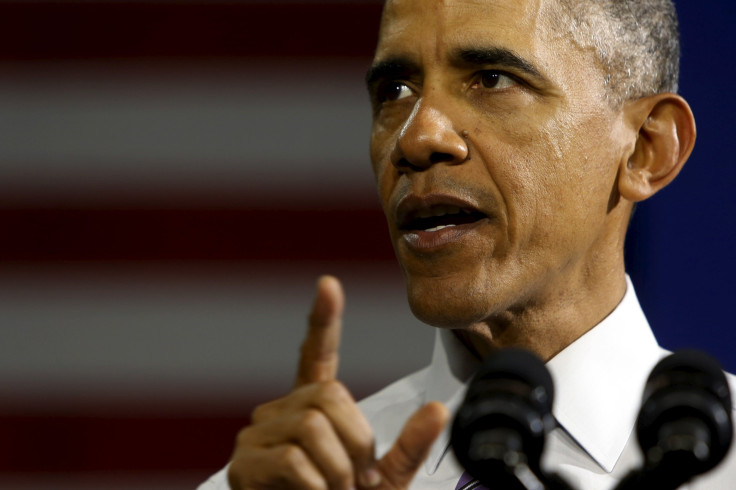How Many People Have Health Insurance In The US? New Poll Reveals Rise In Percentage

After dropping precipitously since mid-2013 and generally declining since then, the percentage of uninsured Americans increased in the first quarter of 2017. It rose to 11.3 percent. Before that, it was 10.9 at the end of 2016, according to a new Gallup poll released Monday, which was a record low at the time.
The quarterly survey relied on both cellphone and landline interviews with nearly 44,600 people across the U.S. It yielded a margin of error of plus or minus 1 percentage point and showcased the impact of the Affordable Care Act.
Read: Sanders, Democrats Pushing 'Medicare For All' After GOP Plan Fails
The 2010 law, which penalizes Americans who don’t sign up for health insurance or get insured through their employers, substantially benefitted young people by allowing them to stay on their parents’ plans until the age of 26. People ages 26 to 34 saw the largest uninsured rate decrease since 2013, with a 9.8-percentage-point drop, according to Gallup. But the proportion of Americans between the ages of 18 and 25 without insurance fell 7.4 percentage points.
Low income people won greater coverage as well, with 8.6-percentage-point decrease in the portion of Americans making less than $36,000 going without health insurance.
The Centers for Disease Control and Prevention, in its most recent survey, released in September, estimated the portion of uninsured people to be just 8.6 percent at the start of 2016, compared to Gallup’s 11 percent for the same quarter. In its most recent findings, also released in September, the U.S. Census Bureau pegged the number for the year 2015 at 9.1 percent, compared to Gallup’s 11.7 average for the year 2015. The difference depends on how pollsters ask respondents about their health insurance status, but the ACA, more commonly referred to as “Obamacare,” has been indisputably tied to the rate’s drawdown.
Read: Republican Support Drops After Health Care Bill Collapses
At the end of March, House Speaker Paul Ryan (R-Wisconsin) pulled Congressional Republicans’ attempt to “repeal and replace” Obamacare. The bill, titled the American Health Care Act, would leave 14 million more people uninsured in 2018 compared to under current law, the Congressional Budget Office estimated in a March report. As many as 24 million people would be without insurance by 2026.
In the beginning of April, Ryan told reporters he and fellow Republicans were “at that conceptual stage” of building a new proposal, but still faced opposition from both sides of the aisle.
© Copyright IBTimes 2024. All rights reserved.






















